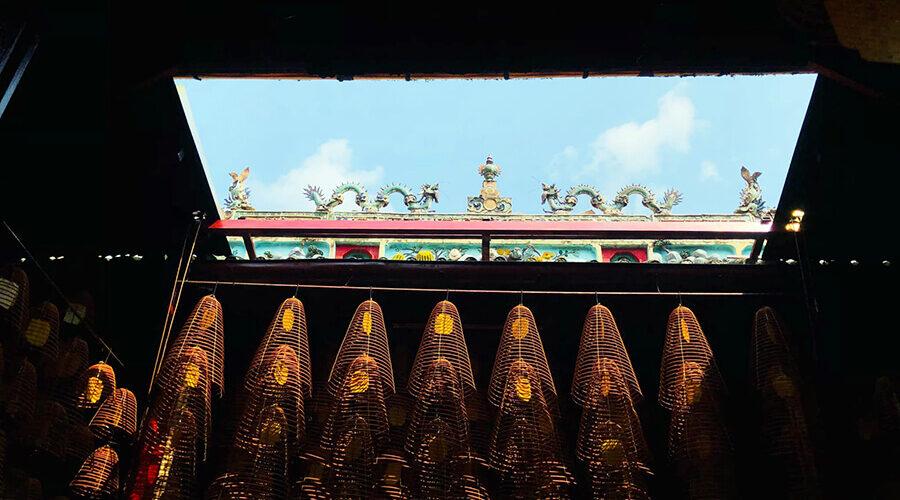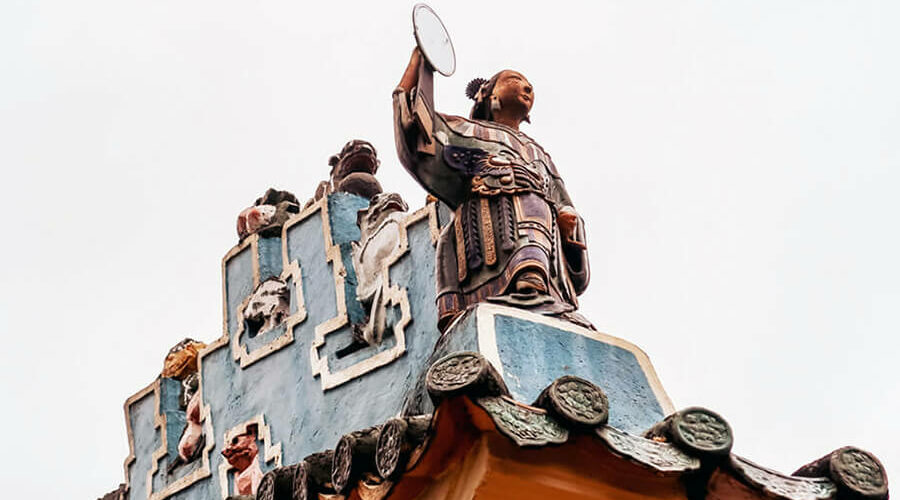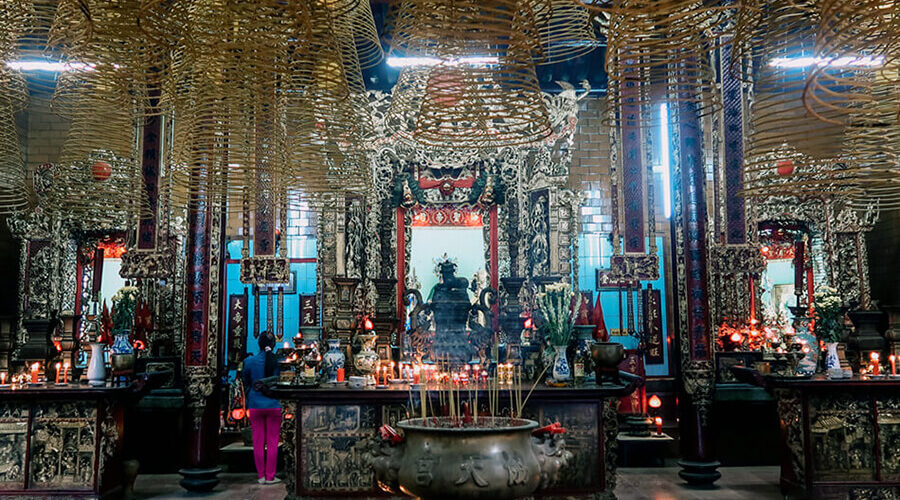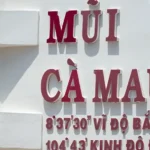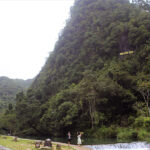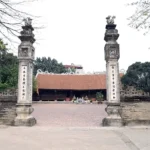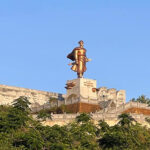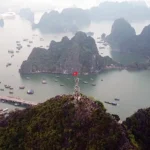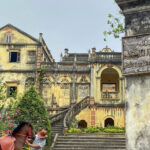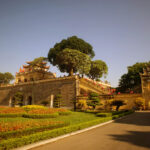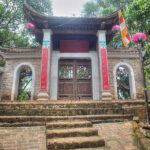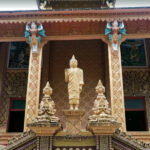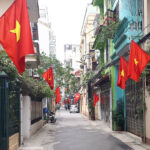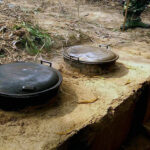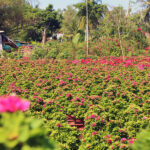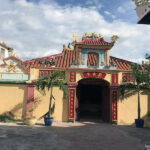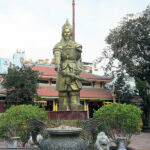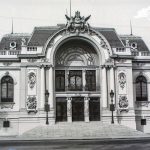Ong Temple (Vietnamese: Chùa Ông, Ông means Gentlemen, often use in respect) is one of the ancient temple in Can Tho famous for its unique architecture. The temple also plays an important role in the spiritual lives of the Hoa community (Chinese people living in Vietnam) in the Southwest region. During the war, the Ong Temple was a place to support the revolutionary forces fighting against the American troops, which contributed to the success of the unification of the country. With those heritage values, visiting the temple is a thing to do in Can Tho that you should not forget.
How Ong Temple is unique?
According to existing woodcarving documents, Ong Temple started construction in 1894 and was completed in 1896, on an area of 532m². Most of the materials to build the pagoda were brought from Guangdong, China.

The temple was founded by a group of Chinese people from Guangzhou and Zhaoqing, so it is named “Guang – Zhao Assembly Hall (廣肇會館)”. It became an area to worship, exchange, meet fellow countrymen, help each other do business & settle down in the region’s new land, and organize their own cultural activities.

The Ong Temple has an architectural layout in the shape of the Chinese character for 國 (meaning Nation), with a roof of yin and yang tiles. The joining materials are blue ceramic edges, creating an ancient look. The middle of the roof is decorated with ” two dragons flanking a pearl”.

This is a fairly common decoration style at the Chinese temples in the late 19th and early 20th centuries. Other motifs decorated with colour pottery such as fish transforming into a dragon, phoenix, palaces, and human figures… showing scenes of festivities of the Chinese people. These decorations were brought from Guangdong, clearly showing the art of handmade ceramics of Chinese artisans of the Qing Dynasty.

The temple represents the architecture of the temples and shrines of the Chinese, with a pair of unicorns flanking the main door, suggesting peace and prosperity. Besides the dragon and phoenix symbols, there are also statues of Yue Lao who hold the Sun and the Moon, which symbolize yin and yang.

Chinese temples are usually not surrounded by gardens like Vietnamese and Khmer temples. Instead, it is surrounded by brick walls. The centre of the building is an empty space on the roof called the sky well.

From the courtyard to the main hall, there is a row of three incense tables made of grinding stone. This is a place where pilgrims prepare offerings, burn incense, and pray.
Worshipping at Ong Temple
Entering the worship temple, it’s divided into three parts. The front worship area is dedicated to the God of patron of the land (Vietnamese: Phúc Đức Chính Thần) which placed on the right; General Mã Tiền and the Red Hare on the left.

In the main hall, in the middle of temple worships Lord Guan Yu, a Chinese military general serving under the warlord Liu Bei during the late Eastern Han Dynasty of China. His virtues are honoured by the Chinese people. On the right worships Mazu; on the left worships poinsettias Đồng Vĩnh, and Caishen – God of Wealth.

In addition, there is also a space to worship Bodhisattva Avalokiteshvara.
The Ong Temple attracts many domestic and international visitors who come here to visit, admire, and pray on the 15th of each lunar month and Tết (Lunar New Year). However, there are 02 special festivals, in a year, operated by the Hoa community. That is Guan Yu’s festival (on June 24th of the lunar month) and God of Wealth (on March 15th of the lunar month). During this period, there are many events take place such as the unicorn dance, lion dance, dragon dance, and especially lantern auction for humanitarian purposes.

The money from the auction is used for building Chinese schools, cemeteries, supporting handicapped children, and orphanages in studying and maintaining this temple. With such historical and artistic values, on June 21, 1993, Ong Temple was recognized as a “National Monument”.
Useful information about Ong Temple in Can Tho
- Location: 32 Hai Ba Trung street, Ninh Kieu Ward.
- Best for Family, couples, solo, pilgrims…
- Entrance: Free
- Opening Hours: Daily 08:00 – 17:00
- Other tourist spots nearby: Binh Thuy temple, Phong Dien floating market, Bang Lang stork sanctuary, Truc Lam Phuong Nam Monastery, Binh Thuy ancient, Cai Rang floating market…
Source: collected by An
Follow us for the best deal with Vietnam package tours and visa services!














